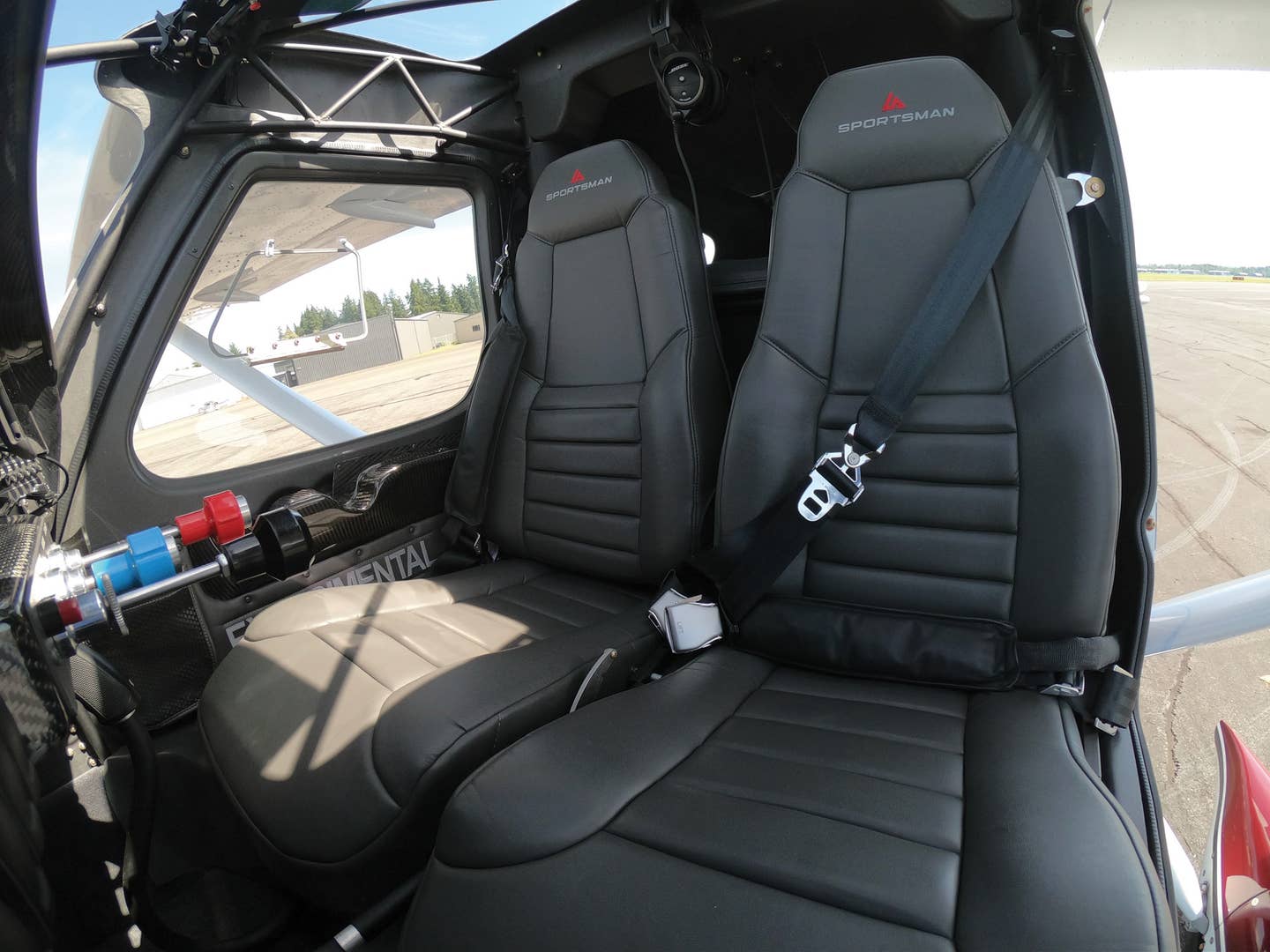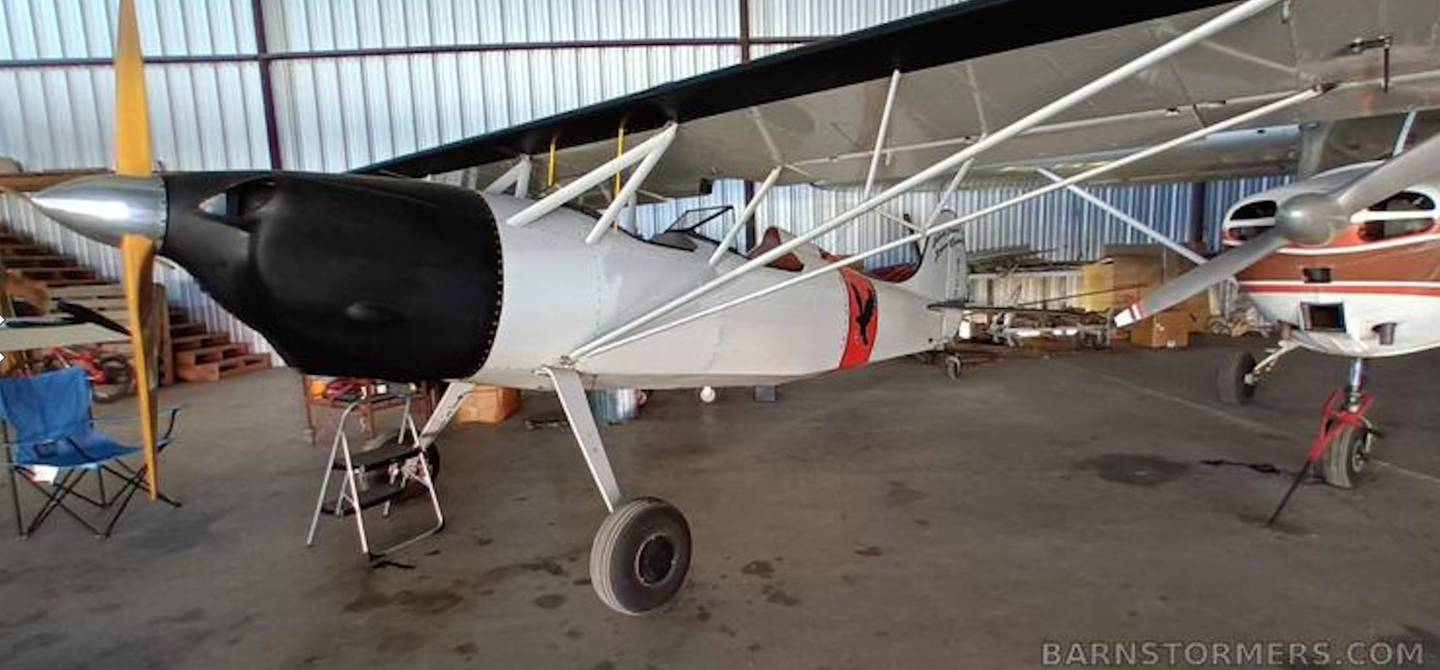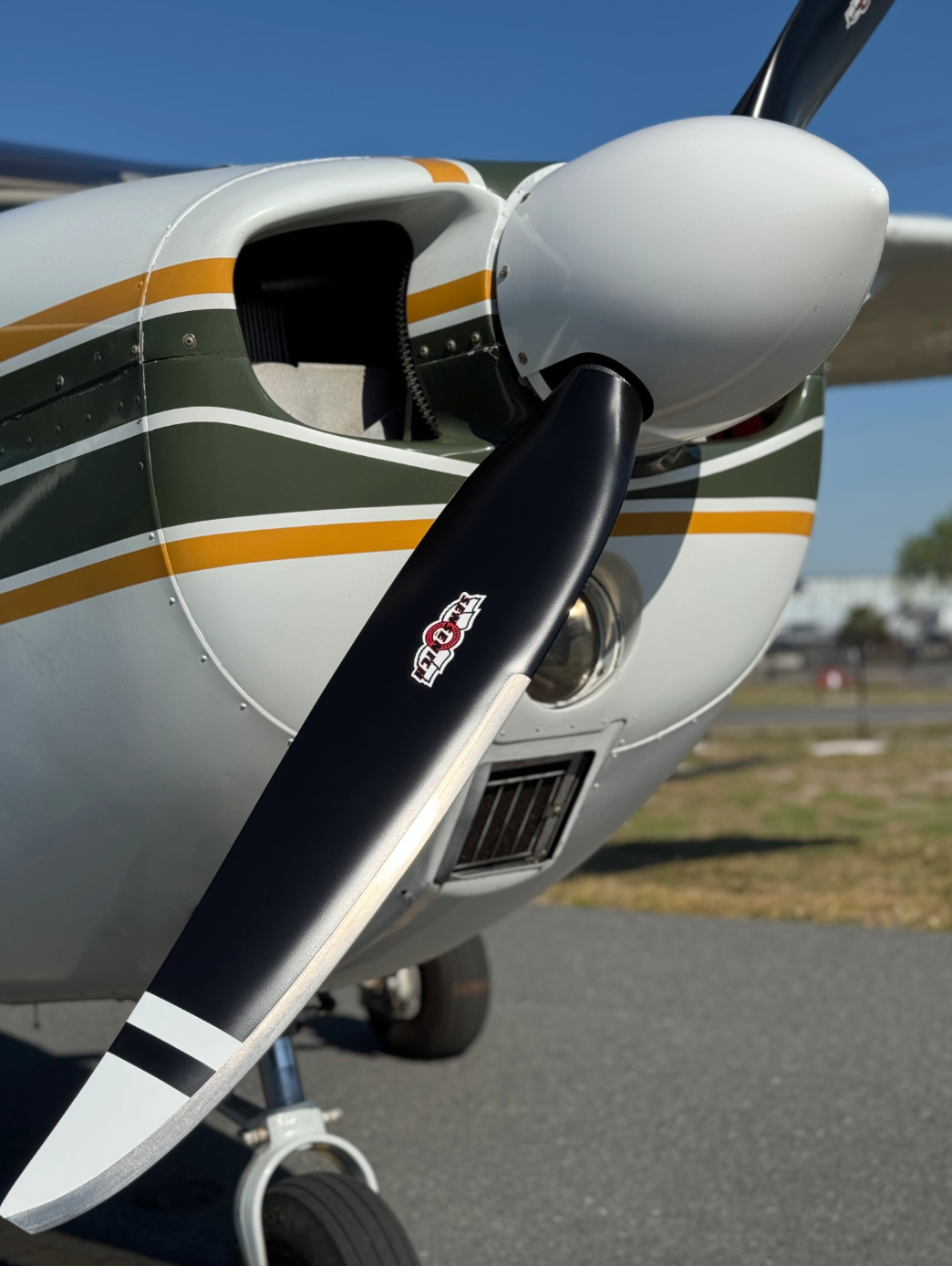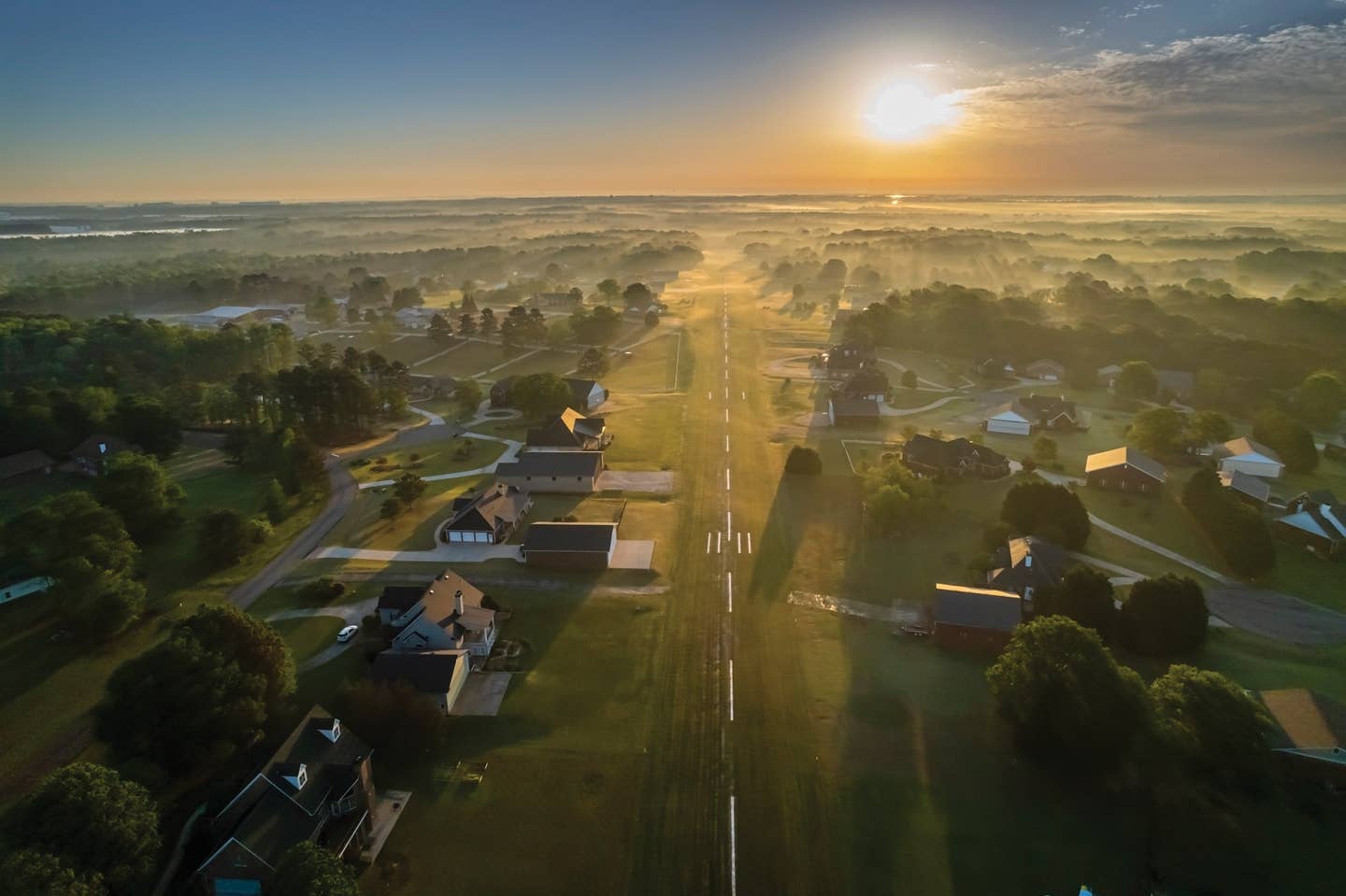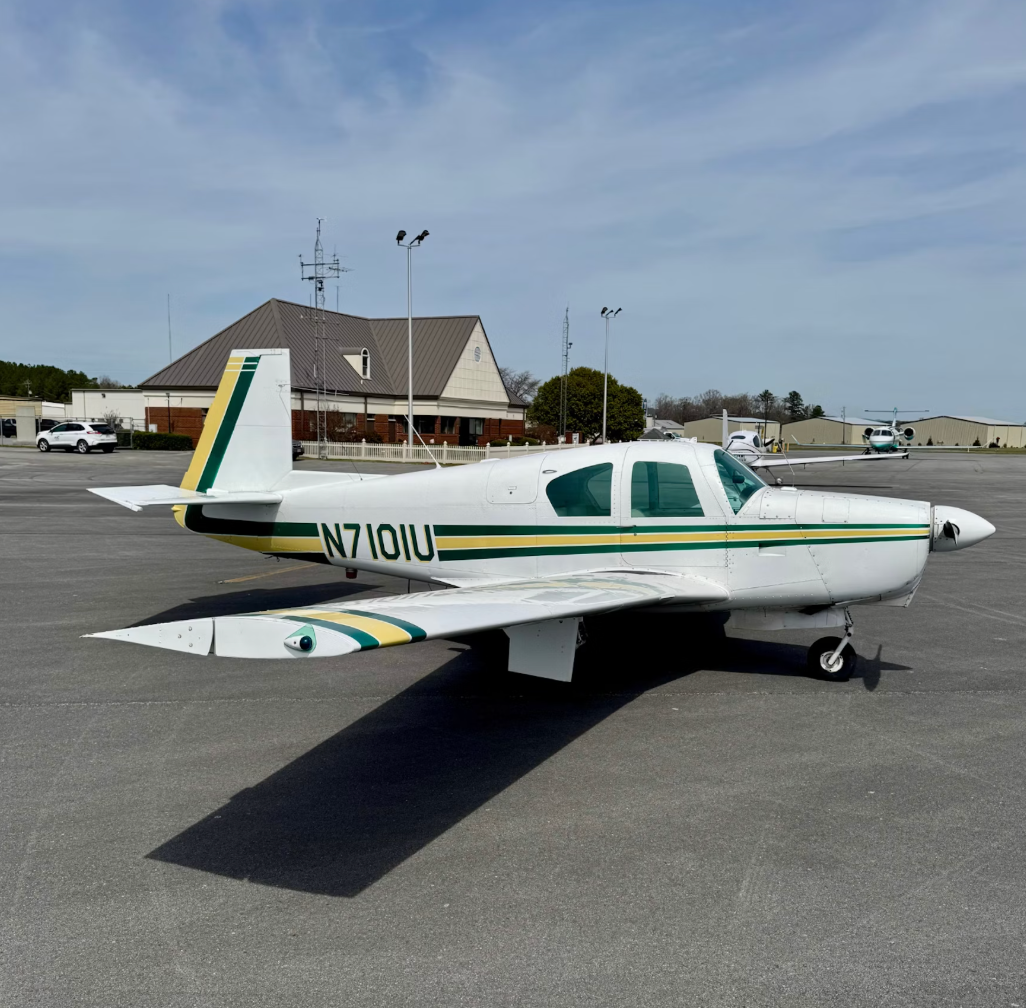Flying The Skylane
The Skylane is best approached with a bit of seasoning time spent in a Skyhawk. That said, 172 pilots need to be aware that the 182 is a lot more…

The Skylane, dirty belly and all, has long been a favorite jump plane for small clubs and mom-and-pop operators.
The Skylane is best approached with a bit of seasoning time spent in a Skyhawk. That said, 172 pilots need to be aware that the 182 is a lot more airplane. Preflight and boarding procedures are similar, with a lot of shared details. The O-470 engine has an oil filler cap, separate from the dipstick, that needs to be checked for security during the walkaround. It holds 12 quarts but is happy with nine or 10 on the dipstick; readings can be biased by nose strut extension and ramp slope.
Sampling of the fuel quick-drains should not be taken lightly. Few pilots are likely to regularly use all of the drains in the "restart" fuel system, but it is important to get a generous sample from the lowest point of each tank (the rear inboard one) and the strainer bowl at the firewall. The fuel selector may have a drain as well as it sits slightly lower than the gascolator.
Skylanes have a crouching ground attitude and a tall glareshield, so if you're vertically challenged, you'll want to crank up the adjustable seat height to maximize forward visibility, best done before putting your weight in the saddle. Move your seat forward enough to assure full rudder control; you'll learn the true meaning of P-factor in a Skylane.
Cowl flaps are usually open for ground operations. Put the fuel selector on "both" if it's not already there. There's no need for a fuel boost pump with the Continental engine; the never-failing force of gravity suffices for a backup. Whatever engine you have, follow the handbook's priming instructions.
With the aft-mounted battery, you'll want to get the big motor started with minimal cranking. It's a long way from the tail cone to the starter, so you want to maintain good cable connections and keep a strong battery, particularly with the 12-volt models. It's not uncommon to see the starter struggle to turn the engine over. Be patient; all you need is to crank it through one compression stroke. There's nothing sweeter than the sound of an O-470 loping seductively at idle (other than a radial).
There are no surprises in taxi, steering with light pedal pressures. Skylanes can be a little hard on brakes with their heavier weight, so pull the throttle back and let the six-cylinder engine loaf smoothly rather than having to ride the brake pedals. The pre-takeoff check is standard Cessna, adding only a confirmation of the cowl flap control and exercising the prop pitch knob. Takeoff does not require using wing flaps, although many Skylane pilots habitually use 10 degrees for takeoff.

Subscribe to Our Newsletter
Get the latest Plane & Pilot Magazine stories delivered directly to your inbox

